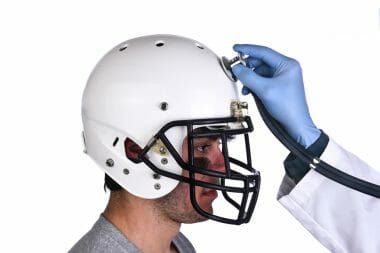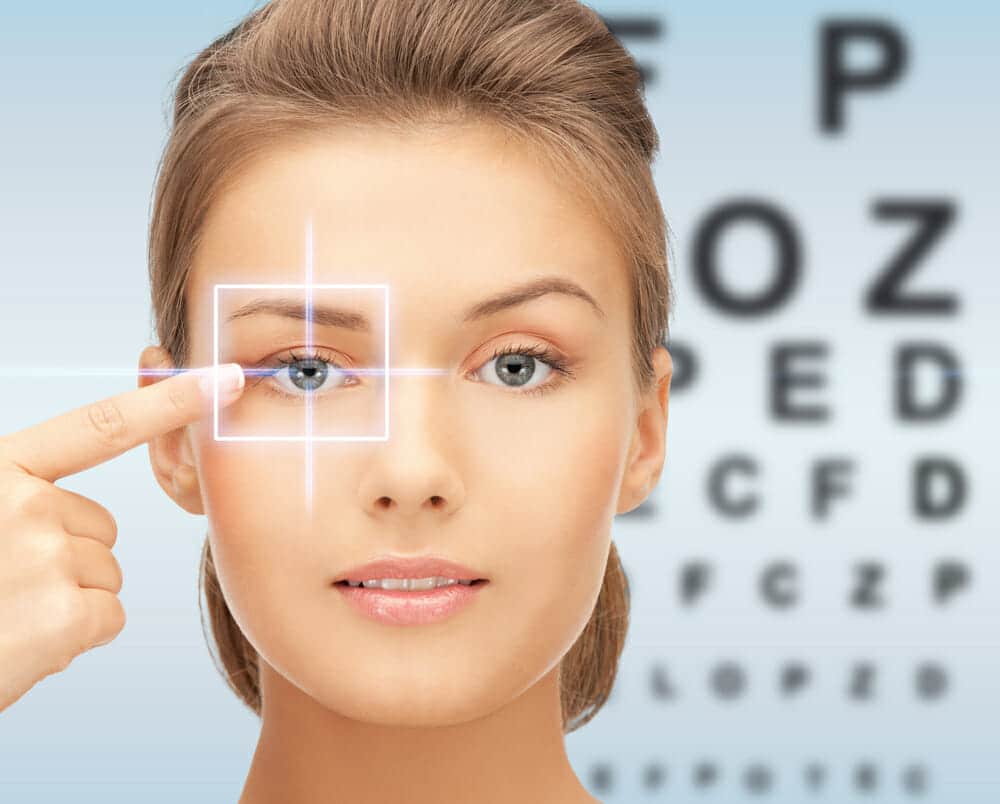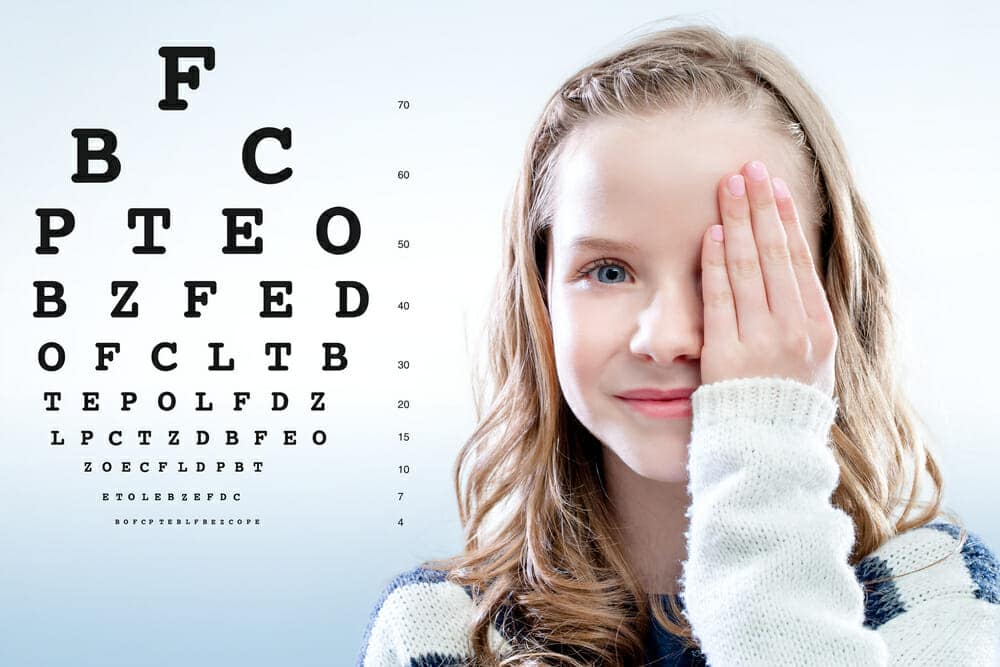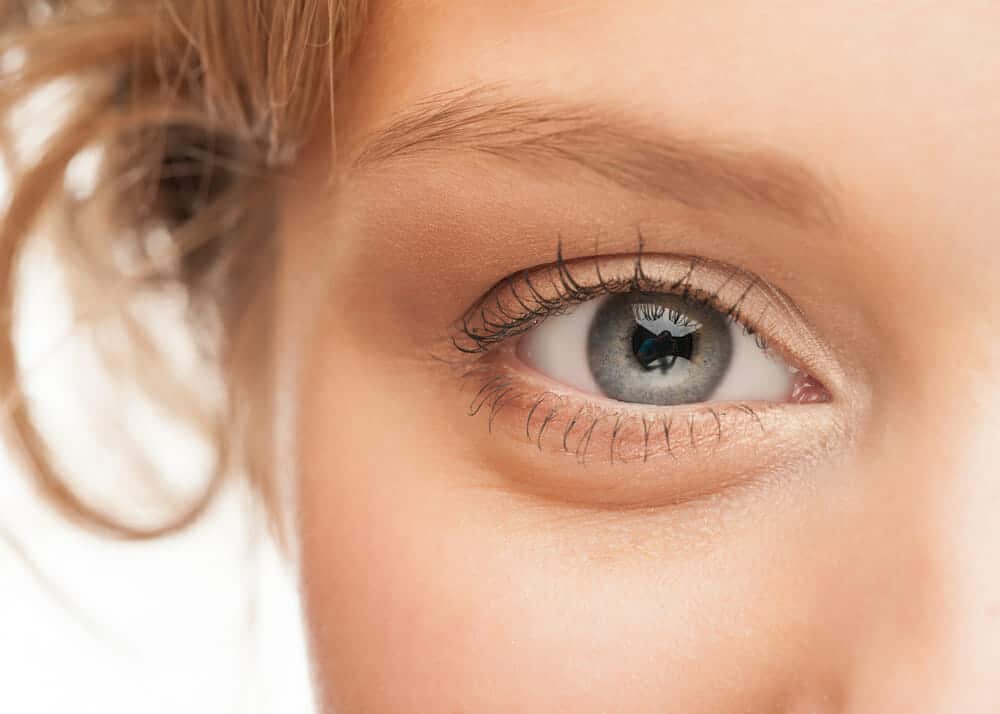This is a continuation of our series on Natural Vision Correction. Get to Part 1 Here.
Breathing
For the eyes to function normally, sufficient oxygen must get to them. This can only be done through deep breathing as the capillaries in our eyes are tiny and the eyes are located above the heart. Deep breathing improves the flow of oxygen to the brain, which the eyes are a part of.
Exercise One: Deep Breathing
Here’s a helpful breathing exercise to teach you to breathe deeply.
- Breathe in through your nose. Breathe out through the mouth. Place your hands on your belly. As you breathe in, notice your belly rise. As you breathe out, notice your belly flatten.
- Breathe in deeply for a count of three. Hold your breath for a count of four. Breathe out for a count of three.
- As your breathing deepens you can increase the count of the inhalation, holding, and exhale. Repeat this breathing exercise throughout the day when you begin to feel your eyes and body tense.
Exercise Two: Lens Flexor
This exercise is from Lisette Scholl’s book, 28 Days to Reading without Glasses. It will open your breathing, increase circulation and exercise your eyes.
Here’s how to do the Lens Flexor.
- With eyes shut, sit comfortably with both feet flat on the floor.
- Hold your hands cupped in your lap, one resting on top of the other.
- Inhale and breathe fully through your nose, maintaining your hands cupped. Stomach should round out.
- Exhale and flatten out your hands so your palms become parallel to each other. Stomach should contract as you exhale.
Can you feel how the movement coordinates with a flexing sensation in your eyes as your hands open and close?
Stretching
To rest the eyes, you must relax the muscles of the body. When the muscles tense up from mental strain, anxiety and stress, so do the eyeball muscles responsible for acuity of vision. So before actually moving into vision practice, do a quick two minute warm up of your body to relax your arms, neck, and muscles of the upper body.
Here’s how.
- Inhale deeply and stretch up from fingers to toes.
- Why yawn? Yawning floods the eyes with oxygen rich blood.
- Move your arms circularly from one side to the other, in one direction and then in the other.
- Yawn.
- Tilt your body to one side and then to the other, reaching the opposite arm of the side you are leaning to.
- Yawn.
Movement
“The world moves. Let it move. All objects move if you let them. Do not interfere with this movement, or try to stop it. This cannot be done without an effort which impairs the efficiency of the eye and mind.”
Wm H. Bates: Better Eyesight Magazines, July 1920
The natural impulse of the eyes is movement. Even when asleep, the eyes are moving during the REM cycles. Lack of motion of the eyes results in staring. Try it. Notice how, when the eyes stop moving by staring, your visual field starts to collapse and vision declines. The less your eyes move, the less they rapidly scan and record details from the environment.
Here are some ways to move your body and, as a result your eyes.
Exercise One: Sway
The sway is a great vision exercise to evoke heightened awareness of the illusion of oppositional movement. The experience is similar to, when you are stationary in a car and another car pulls out. It seems as if the car you are in has started to move. It also has value because when we sway, we allow the body, mind and eyes to relax and the eyes to look rather than see.
Here’s how to do it.
- Stand with legs hip width apart in front of a window.
- Lower your arms and shoulders and relax the neck
- Start to swing your body rhythmically from one leg to another. Keep your head still. Feel like a pendulum, swaying back and forth.
- Look straight ahead but don’t try to focus on anything.
- Notice how when you lean right, near objects move to the left against a distance object, like a car or tree with the converse true as well.
- Do this 10 times and close your eyes. Imagine the seeming motion of objects and continue to swing the body.
- Open your eyes and look at how the objects in your field of vision move.
Exercise Two: Long Swing
Do you remember how you loved swinging on a swing as a child and twirling around? As an adult good chance you enjoy lying in a hammock and swinging gently, or rocking back and forth in a rocking chair. These activities are not only pleasurable but benefit your eyes as well.
You don’t need a hammock or swing to move your body to and fro. You can encourage movement through the Long Swing.
Benefits of the long swing.
- Increases circulation.
- Limbers the spine to bring flexibility to the body which, in turn, makes the mind more flexible.
- Restores the natural vibratory movement of the eyes
- Helps to achieve eye and mind coordination.
- Increases shifting.
- Switches on your vision and increases clarity as you swing.
- Activates your central vision.
- Encourages lymph flow.
INTERESTING INFO: The lymphatic system is the clean-up crew of the body, sweeping out toxins and other unwanted waste products. The human body has twice as much lymphatic fluid as blood but to get it to circulate through the body requires movement as it does not reside in an organ. If your body and eyes don’t move much, the lymphatic fluid contained within them doesn’t circulate well. Instead, it stagnates within the body and eyes, slowing the visual process. The long swing wakes up your sense of motion helping to move the fluid throughout your body and eyes. This can also be done by using a rebounder which is a small trampoline. Easy bouncing causes the lymph to increase circulation in the body.
Here are guidelines for doing the long swing.
- Remove your glasses and stand up straight.
- Put on music that has the beat to allow you to move your body rhythmically.
- Release to the rhythm and focus on the feeling and movement.
- Keep your eyes soft.
- Notice how the world moves by you, rather than how you move through the world.
- Practice long swings for 15 to 20 minutes at a time and as many times during the day as you can.
HELPFUL HINTS: Let your body release to the rhythm while keeping your spine straight. This will stimulate the sympathetic nerves and gets your eyes shifting.
Exercise One
- Stand comfortably with your feet about a hips width apart.
- Twist your body 90 degrees to the left and lift your right heel.
- Twist your body to the right side and lift your left heel.
- Let your arms fall loosely to your sides and follow your body as it twists.
- Perform semi-turns with the upper body to the left and right for 10 full rotations.
- Become aware of everything in the room appearing to slide in the opposite direction that your body is moving — the illusion of oppositional movement. Any time you are moving in any direction, you can observe it. For instance, when you walk forward the ground appears to be moving backward. If you are nearsighted and the world appears blurry, imagine objects being perfectly clear. Such imaging with your eyes closed will help you see more clearly with your eyes open.
- Close your eyes and begin slowing down by making your swings shorter and shorter until you return to a still place and feel grounded.
HELPFUL TIP: Make sure you do not:
- Twist your torso.
- Separate your head from your torso.
- Lead from your shoulders.
- Try to break out of the swing.
- Hold back with the back leg.
Exercise Two
- Perform semi-turns while holding your right arm out, thumb up, as you focus your eyes on your thumb.
- Repeat with the left arm out, thumb up.
- Continue moving your entire body fluidly side to side alternating holding out each arm, thumb up and eyes focused on your thumb.
HELPFUL TIP: If your shoulders are tight and your arms are not falling loosely to your side, hold your hands behind your back instead and alternate while letting them fall loosely to your side and holding them behind your back.
Exercise Three
Try the long swing with eyes closed and especially if you feel any eye discomfort. This is helpful because seeing is far more mental than physical. By closing your eyes, you will strengthen memory, imagination, visualization and even balance.
To avoid dizziness, try to remember what you saw with your eyes open while swinging. If dizziness continues, open your eyes, stop and focus on one spot until the dizziness subsides.
HELPFUL TIP: If you cannot perform the long swing, just move your head left to right as if you were shaking your head to say “no.” Any swinging motion will break the habit of staring and help loosen the six muscles around each eye to relax eyes and mind.
How long to swing for?
Do the long swing for 5 to 6 minutes. After 6 minutes, the blood has circulated through the system several times and all the muscles in the body and eyes relax because the nervous system relaxes switches from the sympathetic nervous system, which elicits fight or flight, to the parasympathetic nervous system, which elicits rest and relaxation.
If possible, get into the habit of doing the long swing for 5 to 6 minutes 2 to 3 times a day. Rocking in a rocking chair or swinging in a hammock for 10 to 15 minutes is a comparable experience.
Exercise Four
Stimulating both sides (hemispheres) of the brain is critical for both clear, close vision and energy (stimulating the left side) and clear far vision and relaxation (stimulating the right side). The Cross-Crawl Exercise is a method to stimulate both sides and accelerate healing of poor vision.
How to do it:
Stand with your shoulders about shoulder width apart. Reach down and across your body with your right hand as you raise your left knee and touch it. Repeat on the opposite side. Look straight ahead in a relaxed manner during this exercise.
Count to yourself 1, 2, 1, 2 as you perform this exercise or even attempt to do the lazy eights (described later) as you do this, to really over-stimulate the brain.
Part 3 reveals the importance of yawning, benefits of blinking and more!











Reply